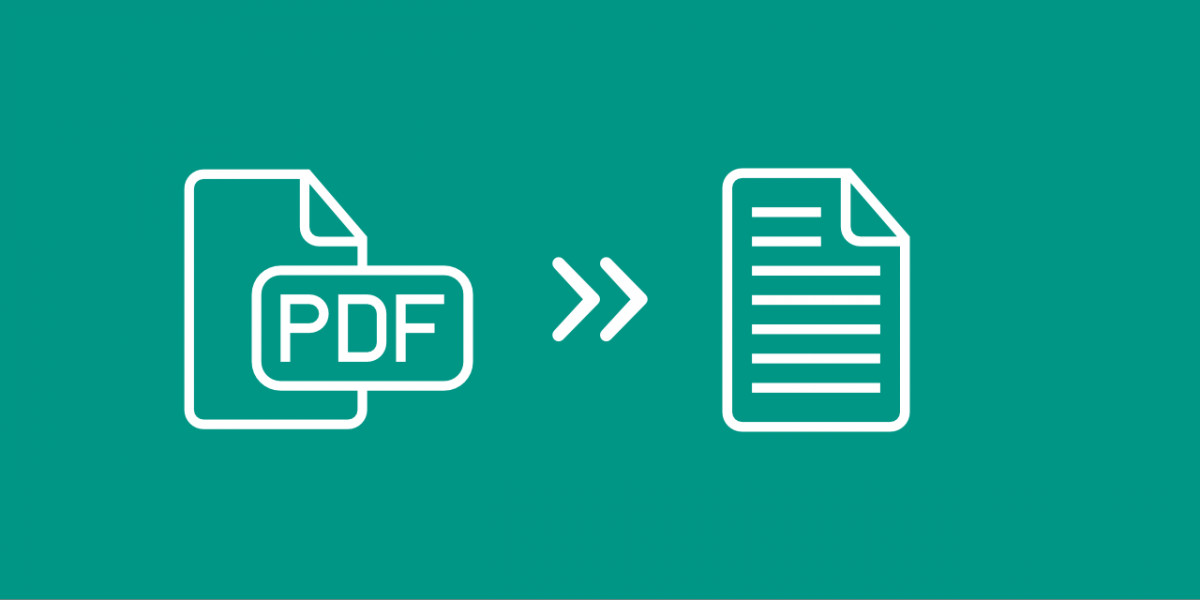In the dynamic landscape of digital transformation, the process of converting images to text has been simplified and enriched through the integration of APIs. This simple guide unveils the steps and considerations for harnessing the power of the Best Image To Text Converter APIs.

Understanding The Basics Of The Best Image To Text Converter APIs
Before delving into the practical aspects, it’s essential to understand the basics of Image-to-Text conversion. This process involves the use of algorithms and machine learning models to analyze images, recognize characters, and convert them into machine-readable text. APIs act as the bridge that facilitates this seamless transformation.
Step 1: Selecting the Right API
The first crucial step is selecting an Image-to-Text API that aligns with your specific needs. Consider factors such as accuracy, language support, and integration capabilities. Popular APIs include Google Cloud Vision API, Microsoft Azure Computer Vision, and Tesseract. Each API has its strengths, so choose one that suits your requirements.
Step 2: Obtaining API Access Credentials
Once you’ve selected an API, the next step is obtaining access credentials. This usually involves creating an account on the provider’s platform and generating API keys or tokens. These credentials are essential for authenticating your requests and ensuring secure communication between your application and the API.
Step 3: Integrating the API into Your Application
Integration is a crucial aspect of the process. Most API providers offer comprehensive documentation and code samples for various programming languages. Follow the integration guidelines provided by the API documentation to seamlessly incorporate Image-to-Text conversion capabilities into your application or workflow.
Step 4: Preparing and Uploading the Image
Before sending an image for conversion, ensure that it meets the requirements specified by the chosen API. This may include considerations for image format, size, and resolution. Once the image is prepared, upload it to the API using the specified endpoint, ensuring that the request includes the necessary parameters and authentication headers.
Step 5: Processing the Image and Extracting Text
Submit the image to the API, triggering the conversion process. The API will analyze the image using its algorithms, recognize the text within the image, and return the results in a structured format, typically in JSON. Extract the relevant text from the API response for further use or display within your application.
Step 6: Handling API Responses and Error Checking
Effectively handle API responses within your application. Implement error checking to address potential issues such as image processing failures or network errors. Robust error handling ensures a smooth user experience and allows your application to gracefully manage unexpected situations.
Step 7: Post-Processing and Utilizing the Extracted Text
Once the text is extracted, you can engage in post-processing activities based on your application’s requirements. This may involve language translation, text analysis, or any additional processing steps. Utilize the extracted text to enhance the functionality of your application, whether it’s for data entry, search functionality, or content analysis.
Conclusion: Embracing The Power Of Image-to-Text Conversion With APIs
In conclusion, the integration of Image-to-Text conversion into your application through APIs opens up a world of possibilities. By following this simple guide, you can demystify the process and harness the power of APIs to seamlessly convert images into valuable, machine-readable text, enhancing the functionality and efficiency of your digital solutions.
Check Handwriting OCR API: One Of The Best Image To Text Converter APIs
In the dynamic realm of document digitization, Handwriting OCR API emerges as a transformative force, meticulously converting handwritten text into editable digital formats with unparalleled accuracy. Its remarkable ability to decipher a vast spectrum of handwriting styles, from elegant penmanship to hastily scribbled notes, makes it an indispensable asset for a diverse range of applications.

Handwriting OCR API seamlessly integrates into your existing workflows, regardless of technical expertise. Its intuitive user interface and user-friendly design make it accessible to everyone, empowering individuals and organizations to unlock the boundless potential of handwritten information.
Embrace Handwriting OCR API and embark on a journey of transformation, unlocking the wealth of knowledge and insights embedded within handwritten documents. Unleash the power of the past to shape a future of innovation, efficiency, and accessibility.
All You Need To Do To Make Use Of It Is:
- First, go to Handwriting OCR API and click the “START FREE TRIAL” button.
- You will be able to access the API once you have registered with the Zyla API Hub.
- Hit the “OCR” API endpoint.
- Then, click the “test endpoint” button to make an API call and examine the results on your screen.
For example, if we introduce the following image:

We will get a response similar to this:{ “result”: “1”, “subScans”: [], “value”: “JRR Tolkien.\n1923” }
Because of Zyla Labs, a marketplace with top-notch customer service, finding APIs has been much easier. For assistance in choosing from the more than 1200 APIs that are available, choose a category, phrase, or programming language. The market place provides comprehensive details about each API, including its price, auxiliary materials, and conditions of service.
Want to know more? Read Make Your Handwriting Digital With An OCR API

